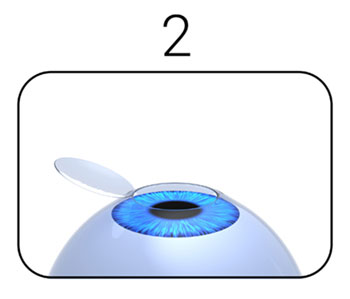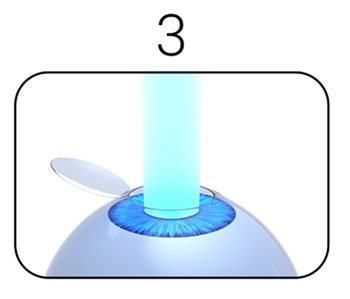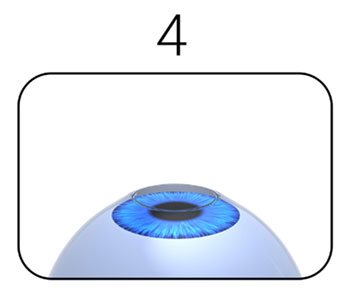LASIK
Lasik
LASIK is the most commonly performed type of refractive surgery for correcting myopia (nearsightedness), hyperopia (farsightedness), and astigmatism, with more than 16 million procedures performed in the United States since the technique was developed.

LASIK is performed using an all-laser technique with a laser precisely creating a thin layer of microscopic bubbles within the cornea, the clear tissue of the front of the eye, allowing a thin flap to be laid back. A second laser, an excimer laser using ultraviolet light, is used to reshape the corneal tissue beneath this flap. During this precise surgery, an infrared system tracks your eye position thousands of times per second, redirecting laser pulses for exacting placement. Upon completion of the laser treatment, the flap is then replaced in its original position where it reseals quickly and heals well over the following weeks. Most people can return to work the next day after this procedure.
OcuSight’s technique requires no blades and is done with laser light alone for very accurate results.
What can I expect during the procedure?

After placing a liquid anesthetic in your eye, your eyelids will be gently propped open. Your surgeon will then use water-soluble ink to mark the cornea and help guide the incision.

After making the incision, utilizing a blade-less laser. The surgeon will gently lift the “corneal flap” out of the way, exposing the underlying corneal layer that is going to be reshaped.

The surgeon will guide the laser over the surface of the cornea, reshaping it as needed. A computer program is utilized for maximum precision. For nearsightedness, the center of the cornea is reshaped; a doughnut shaped ring of tissue is removed to correct farsightedness; while an oval shape is used for astigmatism.

The flap is replaced, and will heal well, without the need for stitches.

